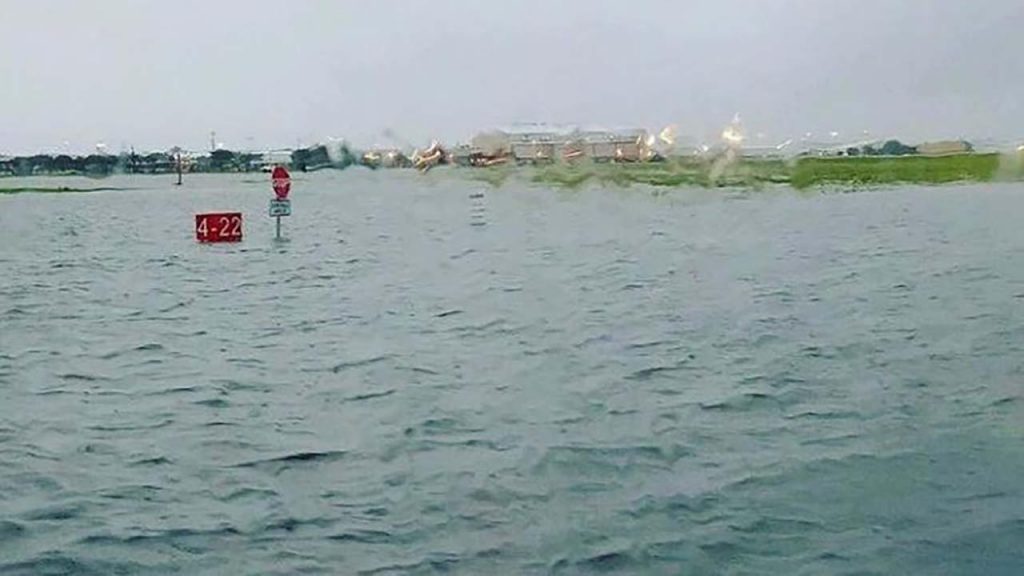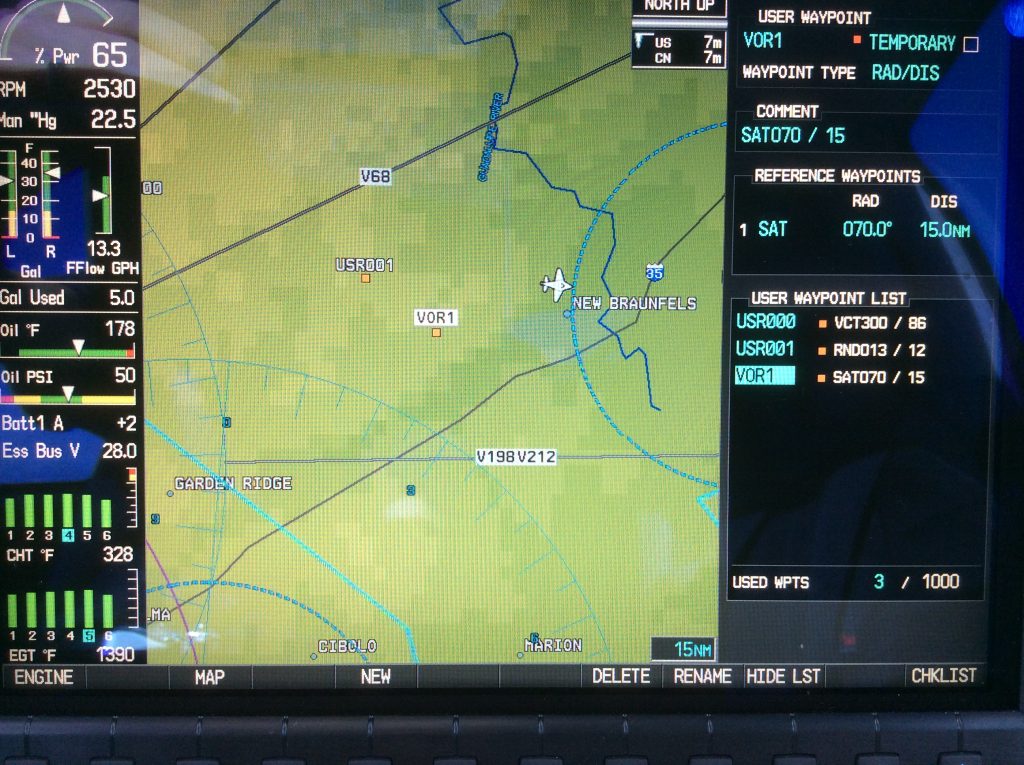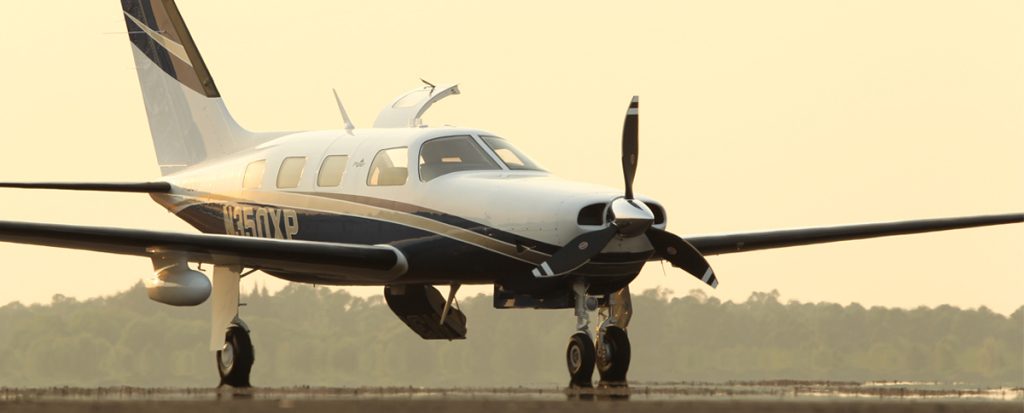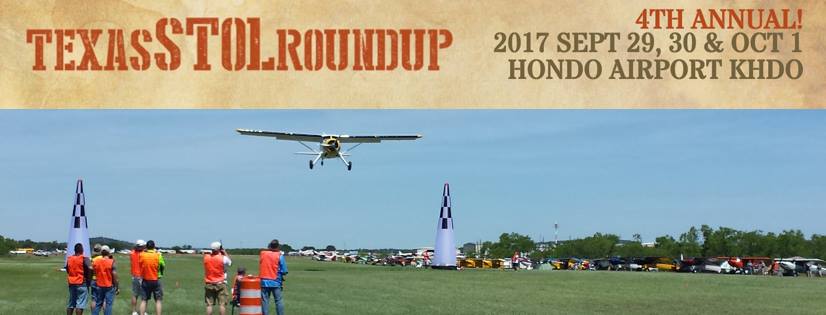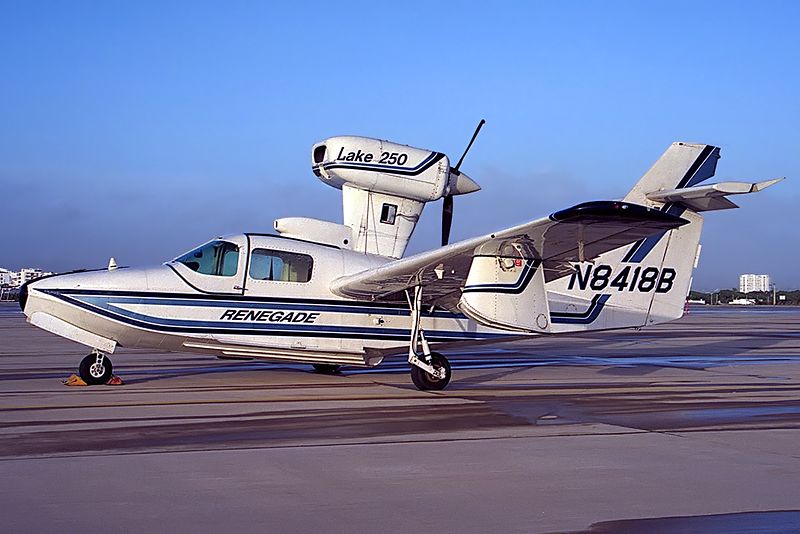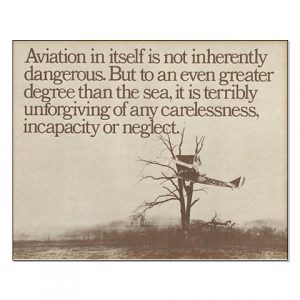Texas Top Aviation wants to express our heartfelt concerns and prayers for those affected by Hurricane Harvey along the Texas Gulf Coast and in Houston. We have several customers in Houston and hope and pray that they are all safe.
If you would like to donate to the relief effort, there are several organizations that are accepting support. A few are below.

